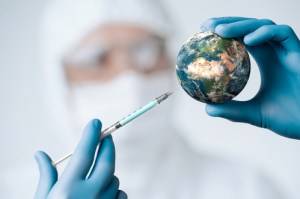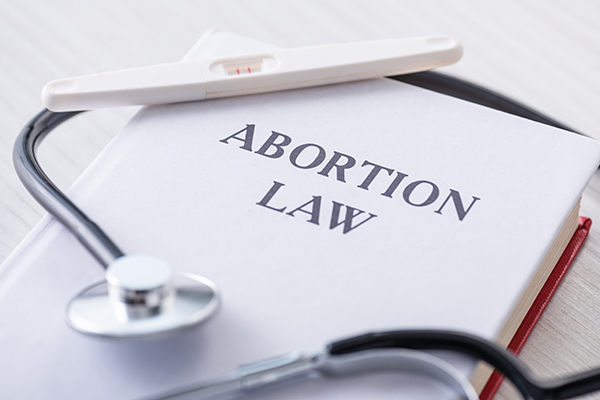Doctors can now monitor vital signs using radar waves, but what about their side effects?

(Natural News) Researchers celebrated their recent completion of a radar system that keeps track of the vital signs of a patient without the need to attach cumbersome wires to his body. However, the side effects of the radar waves on human health remain unknown.
The new vital signs monitoring device is smaller than a typical cellphone. Despite its tiny size, it accurately records the heart rate and breathing of the patient.
The medical device emits sensitive radar waves at the patient, which are reflected back into its internal digital signal processing unit, which runs the data through computer algorithms.
Researchers at the University of Waterloo came up with the radar system to keep a sharp eye on patients with sleep apnea. They wanted to get rid of the many clumsy wires that hooked a patient up with vital signs monitoring equipment.
“We take the whole complex process and make it completely wireless,” explained Waterloo researcher and engineering professor George Shaker. “And instead of a clinic, it could be done in the comfort of your own bed and run daily for continuous monitoring.”
This wireless devices emits radar waves at patients to track their vital signs
Shaker’s research team tested their new radar-based medical technology at the Research Institute for Aging, a medical facility with links to Waterloo. They secured the participation of more than 50 volunteers.
In the trial, they fastened the prototype device to the ceiling of a model long-term care apartment. They placed the radar unit over the bed of the participant to keep track of the sleeping patient.
 | Discover how to prevent and reverse heart disease (and other cardio related events) with this free ebook: Written by popular Natural News writer Vicki Batt, this book includes everything you need to know about preventing heart disease, reversing hypertension, and nurturing your cardiac health without medication. Learn More. |
The wireless monitoring system emitted radar waves at the patient. The waves bounced off the body and returned to the unit, which analyzed the data and sent it back to the researchers.
The researchers reported that their wireless device attained more than 90 percent of the accuracy of wire-based vital signs monitor equipment.
“This is the first time radar has been used for heart sensing with this degree of accuracy and in such an uncontrolled environment,” commented Waterloo researcher Mostafa Alizadeh, the leader of the study. “Our subjects slept unobstructed, in any position, for up to eight hours.”
Researchers are mum on the possible side effects of their device’s radio waves
Aside from monitoring heart levels of patients with sleep apnea, the Waterloo researchers believed that their radar system would work in other roles and locations.
In long-term care homes, the radar device might keep track of the movement of residents. It would warn human technicians if a patient experienced a bad fall, for instance.
Similarly, the device might record the heart and breathing rates of patients in hospital wards. The radar system might also get adapted to observe the status and symptoms of health disorders.
The wireless system offered several advantages. First, it gave the patient privacy since it didn’t track him with cameras. Second, getting rid of the wires made the patient more comfortable. Last, the radar system would work just as well at home as it did in clinics and hospitals.
However, the Waterloo researchers didn’t mention any potential adverse effects of constantly bathing patients with radar waves. (Related: 5G drones to blanket the nation, beaming down cancer-causing radiation from the skies… and there’s nowhere they can’t find you.)
Radar waves use radio waves, a type of electromagnetic field radiation. They encompass a different range of frequencies than microwaves, which are used by WiFi and microwave ovens.
Be it microwave or radio wave, prolonged exposure to radiation will affect the health of people and other living organisms. The lack of feedback on the long-term side effects of a radar wave-based medical device is concerning, to say the least.
Sources include:



